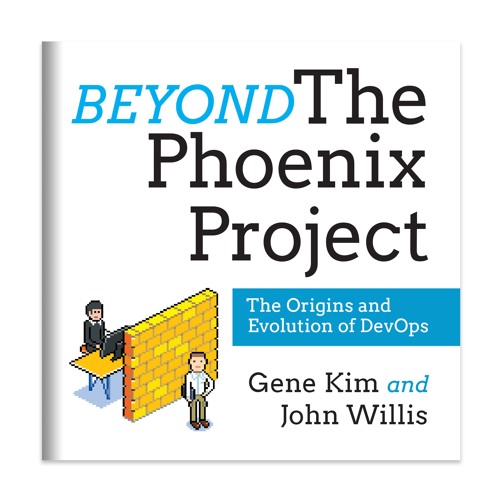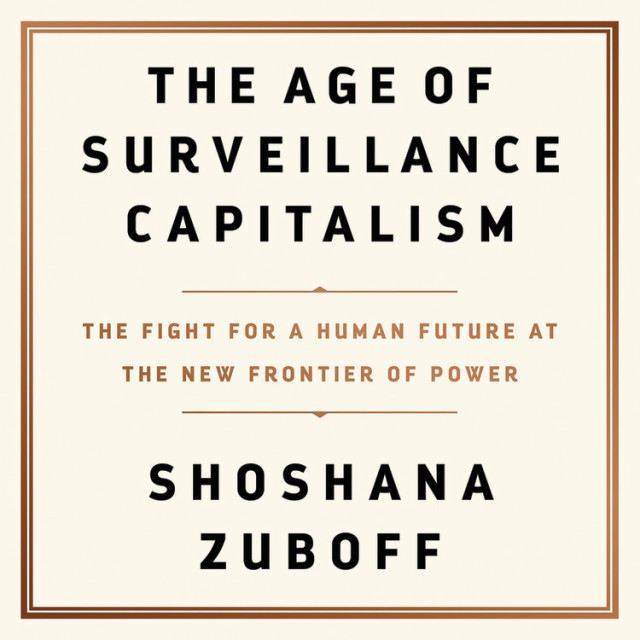This “book” is actually a set of conversations recorded by John Willis and Gene Kim. The main thing I can offer by way of advice is; absolutely do NOT buy a printed version, this isn’t really a book. The book is apparently a inspired by a similar “Beyond the Goal” lecture done by Eliyahu Goldratt who authored “The Goal” the novel about Lean that inspired Kim to write a novel to explain DevOps. I highly recommend getting the book, even if you only listen to the modules on Lean and Safety Culture.
The first two chapters are not the most interesting. They cover Goldratt and Deming. They aren’t uninteresting, but it was more detail than I needed on the individuals.
The next two chapters are fantastic and go through a lot of the concepts that they borrowed from when creating DevOps. Goldratt and Deming as the people who they borrowed from most thoroughly when coming up with some of the DevOps concepts. They then turn to Lean and Safety Culture, covering the history of each discipline and the most important parts that were borrowed. I learned a TON from these sections. I particularly enjoyed the section on the Andon Chord (which is intended to be pulled on a production line if anything goes wrong). I had of course glanced at the concept before, but had always dismissed it as something that was only really useful for the most mature organizations. Kim and Willis exposed me to how Toyota actually deals with it. Learning that they actually panic when it’s not pulled enough and that not every pull stops everything, it’s more of an escalation. The comparisons to a pipeline are obvious. The next chapter is actually a recording of a conversation between leaders in Lean, Safety Culture, and DevOps there were a few good nuggets, but I generally would say you can skip it.
The only remaining module that I found interesting was the case studies. Particularly the stories about Target and Nordstrom. It also closes with an interesting observation that Willis had with the CFO of Goldman Sachs. Apparently he is tracking roll outs of DevOps technologies specifically by name (Kafka is mentioned specifically). It says something about critical agility is becoming, independent of the business functionality that’s being built on top of it.



